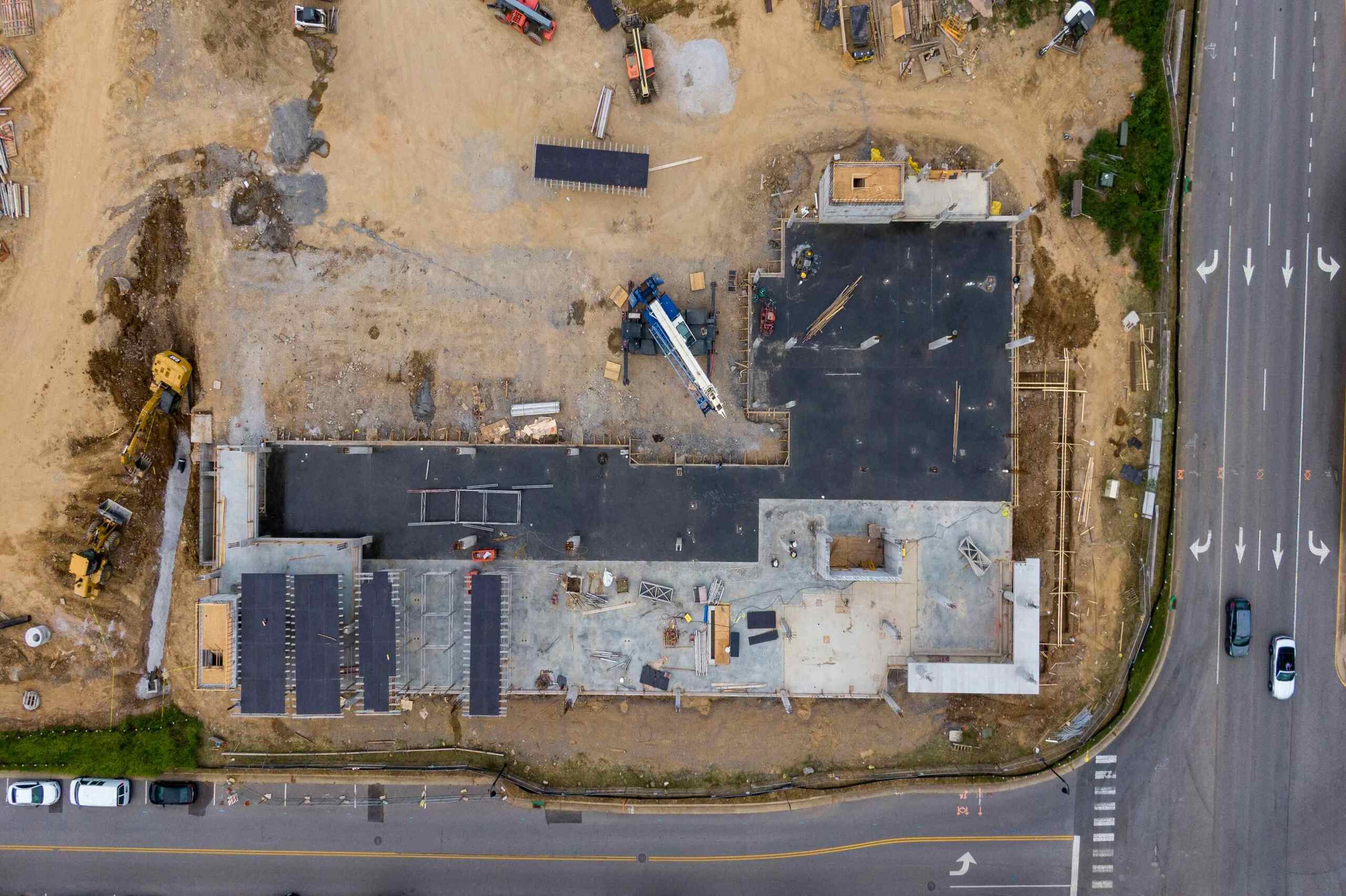Why Reliable Traffic Monitoring Is Essential for Infrastructure Projects

From roadways and bridges to rail lines and more, infrastructure projects are a crucial part of development. They allow communities to travel, interact, and access vital resources.
However, their construction can lead to a series of issues. This is where traffic monitoring technology comes into play.
In this article, we’ll explain how traffic monitoring works and what it can offer for infrastructure projects. With the right support, you may be able to plan more effectively and ensure better outcomes.
To learn more about traffic monitoring and the latest vehicle identification technology, contact our team at Sensor Dynamics today.
Infrastructure
Infrastructure projects can be time-consuming and disruptive. They naturally cut off normal roads for drivers, potentially funnelling them all towards one particular route.
These changes can result in aggressive driving behaviour, which, in Australia, is seen as the second leading cause of car accidents.
With up to 74% of large infrastructure projects in Australia going over budget or over schedule, these traffic issues are likely to persist for months, if not longer.
It is then up to government bodies and teams to mitigate the issues created by these infrastructure projects, which is why traffic monitoring technology is essential.
Traffic Monitoring Explained
Traffic monitoring technology utilises cameras, sensors, and other equipment and software to collect vehicle data. The system then analyses that data to provide key information about vehicle classifications, shape, and size.
The best systems offer this data in real-time. With the latest information, government bodies can make more informed decisions on maintenance schedules for road and other transport infrastructure projects.
As infrastructure projects evolve, so too must the tools used to manage them. Real-time vehicle monitoring ensures authorities can adapt quickly, respond to changing conditions, and maintain control over how roads are being used.
The Benefits of Real-Time Traffic Monitoring
Vehicle monitoring technology provides teams with key information on current vehicle activity. Often, cameras and sensors are set up at key areas such as intersections and roadways.
This creates a network of information that offers a range of benefits, such as:
1. Flexible Monitoring Capabilities
Traffic monitoring is incredibly useful for tracking and assessing different types of traffic data. Systems can be designed to register very specific information, allowing relevant bodies to find solutions to complex issues.
For instance, other vehicles occupying bus lanes may contribute to congestion and delays. A traffic monitoring system can be programmed to monitor bus lanes and assess vehicles for non-compliance with bus lane rules.
With this information, relevant bodies can take action against infringements. This can potentially help protect infrastructure projects and ensure they progress more smoothly, as potential issues around the area are identified earlier.
2. Tracking Trends
Australian road crash deaths have been steadily increasing since 2020, and in 2023, this rate jumped by 7.8%. Attentive road safety is then more vital than ever to protect people on and around the roads.
Reliable traffic monitoring can assess vehicle types and trends. This includes how often vehicles use a particular road, what types of vehicles are using it and more.
This information can be used to keep road infrastructure projects informed with timely data.
3. Better Planning
The information provided by real-time monitoring systems can reveal problem areas. These could be locations where drivers frequently make incorrect turns, enter restricted zones, or show signs of hesitation.
These insights may indicate confusion, poor visibility, or unclear road design.
With this understanding, authorities can implement targeted solutions to address the root of the issue. This might include clearer signage, improved road markings, in-person traffic guidance, physical barricades, or other interventions.
With the right solution, you may be able to enhance safety, reduce violations, and improve the overall driving experience.
4. Enhanced Coordination
This also enables teams to communicate more effectively with relevant bodies, such as local authorities or construction teams. This not only ensures compliance with regulations across the board but also provides other teams with the opportunity to address any issues.
If current measures are demonstrably not working, monitoring data provides the evidence and resources to reflect that. They can then bring these concerns to more relevant figures and potentially get additional support or guidance.
This coordination is crucial for ensuring that infrastructure projects can be completed and seamlessly integrated into the existing structure.
Traffic Monitoring at its Finest
Are you looking to enhance traffic management? Are infrastructure projects seriously impacting the local community? Accurate, real-time traffic monitoring is essential for ensuring your plans and processes are up to date.
For the latest traffic monitoring technology with a fast and reliable setup, reach out to our team at Sensor Dynamics today. We’ll seamlessly integrate your new system into your existing network, allowing you to get to work quickly.

